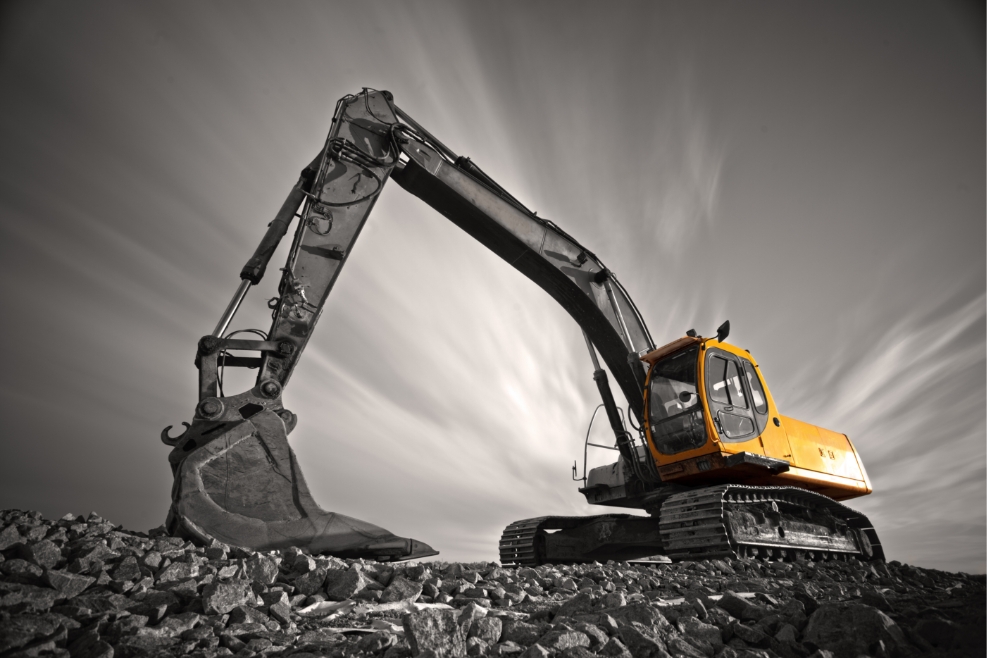The Key Difference Between Excavation and Trenching

Trenching and excavation are hazardous jobs that construction workers must perform regularly. There are various hazards involved depending on the work at hand. Let’s look at the distinctions between trenching and excavation, as well as the hazards associated and ways employers can promote a safety-focused working environment.
Excavating and trenching operations refer to removing dirt to create artificial open holes in the ground. According to the US Occupational Safety and Health Administration, the shape and depth of the hole indicate whether it is an excavation or a trench. Any considerable excavation or trenching work is hazardous and should be left in the hands of professionals.
An excavation, according to OSHA, is a hole in the ground’s surface caused by purposeful human action that removes soil. Excavations can be any size or shape. According to OSHA, a trench is a form of excavation that is an artificial narrow surface cavity that is deeper than it is broad and is less than 15 feet wide.
A trench is thus an excavation, but excavation is not always a trench. Trenches are often long, narrow surface holes dug to install underground utility lines, plumbing, or foundation footings. According to OSHA, excavating is digging a hole in the earth, whereas trenching is the act of digging an extended narrow excavation.
Trenching and excavation operations pose severe risks to all personnel. Cave-ins provide the most significant danger and are more likely to result in worker fatalities than other excavation-related events. A cubic yard of dirt can be as heavy as a vehicle.
Unprotected trenches can lead to premature death. Employers must guarantee that employees enter trenches only when appropriate cave-in protection has been installed. Falling loads, toxic atmospheres, and dangers from mobile equipment are all possible hazards connected with trenching labour.
The essential practices listed here are crucial to keeping your personnel safe when executing trench and excavation activities:
It’s of utmost importance that contractors emphasize the vital role workers play in keeping the workplace safe. Employers must also highlight specific measures that can help decrease the likelihood of on-the-job accidents on excavation sites.
DL Nagel Excavating is the leading provider of excavating services in Southeast Alberta and Southwest Saskatchewan. Our full-service excavating company has over 30 years of extensive experience in various industries. Get in touch with us today!